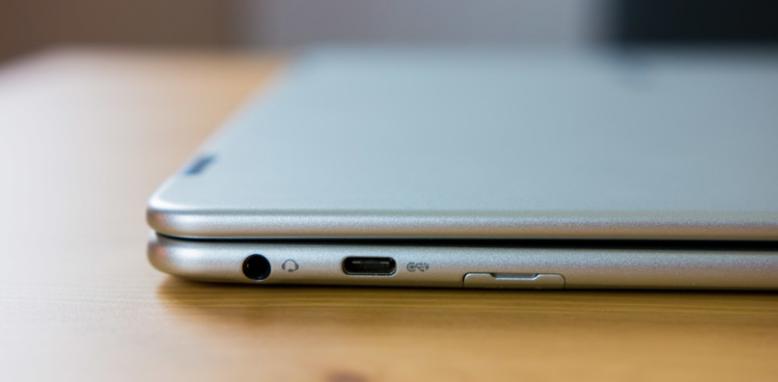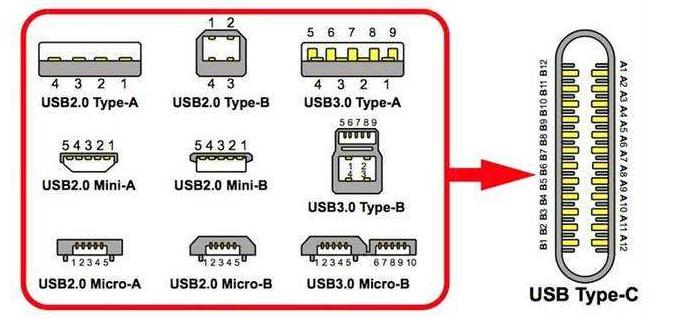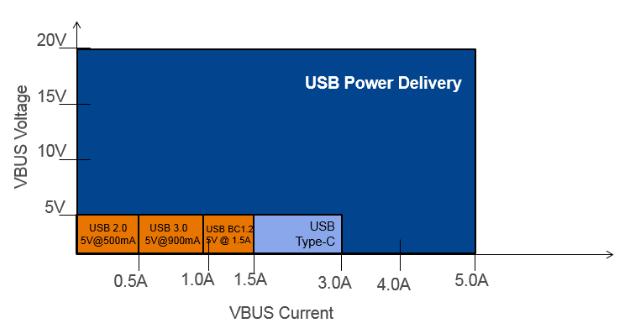 Mr. Chen:136-6225-2835
Mr. Chen:136-6225-2835
 Miss Chen:189-2385-0895
Miss Chen:189-2385-0895
Shenzhen Guangjiayuan Electronic Technology Co., Ltd
Mr. Chen: 136-6225-2835 (same WeChat account)
QQ: 979285705
Miss Chen: 189-2385-0895 (same WeChat account)
QQ: 2391552662
Chen Weiting :135-3824-4786 (same WeChat account)
Chen Weihao: 139-2459-4393 (same WeChat account)
Tel: 86-0755-33182327
Email: gjydz88@163.com
Website: www.usb-type.com
Address: Building 10, Hongxing Gebu Qixiang, Songgang Town, Bao'an District, Shenzhen, Guangdong Province
Q: What is the difference between USB C and USB PD?
Answer: The fundamental difference between USB type-C and USB PD is that USB type-C is a new small reversible USB connector, while USB PD is a power transmission protocol that supports up to 100W power transmission.

What are the specifications for USB C and USB PD?
The USB C specification for cables and connectors defines new sockets, plugs, cables, and detection mechanisms that are compatible with existing USB interfaces. This specification covers various aspects such as performance requirements for C-type sockets, plugs, and cable components. It defines USB C as a traditional cable component to be compatible with traditional USB interfaces. It also describes USB PD, which is an optimization of USB C connectors.
By default, the USB type-c port can support up to 5V 3A power supply without the need for power transmission. The USB C cable and connector specification defines a standardization mechanism that supports alternative modes, such as repurposing connectors for docking with specific applications.
Please note that it is not an extension of the USB data protocol. The USB type-c port can support USB 2.0, USB 3.1 Gen1, and USB 3.1 Gen2 data.

The USB PD 2.0 specification defines a power transmission system that covers all elements of the USB system, including hosts, devices, hubs, chargers, and cable components.
This specification describes the architecture, protocols, power behavior, connectors, and wiring required to manage power transmission on USB type-c ports up to 100W.
The USB PD 1.0 specification defines a power transmission protocol for traditional USB ports using binary frequency shift keying (BFSK) signaling. The USB-PD 2.0 specification defines the power transmission of USB-C connectors, which are based on Biphase Markup Coding (BMC) signaling. This specification aims to be fully compatible and extend existing USB infrastructure.
It is worth noting that the design of USB power transmission is independent of the mechanisms defined by existing USB buses. The following figure compares the power capabilities of traditional USB ports and USB type-c ports with power transmission.

Contact person:
Mr. Chen 136-6225-2835 (same WeChat account)
Miss Chen 189-2385-0895 (same WeChat account)
Chen Weiting 135-3824-4786 (same WeChat account)
Chen Weihao 139-2459-4393 (same WeChat account)
Address:
Building 10, Hongxing Gebu Qixiang, Songgang Town, Bao'an District, Shenzhen, Guangdong Province
 |
 |
| Technology 1 | Technology 2 |